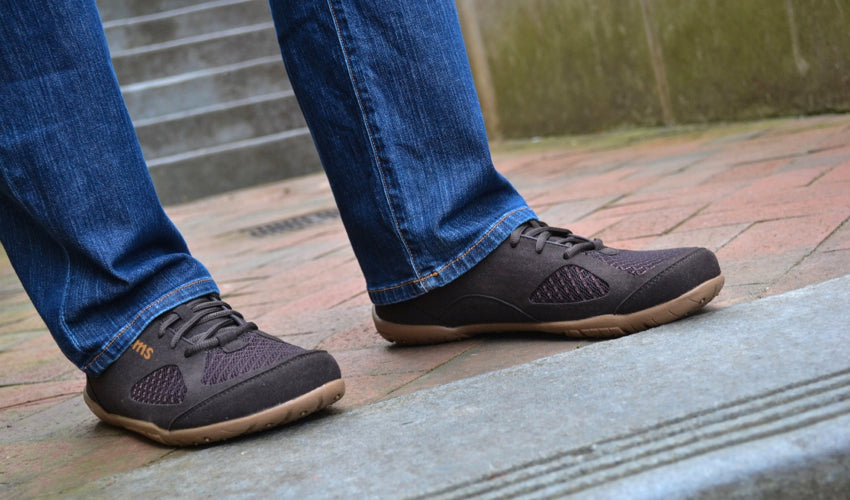
I co-wrote the following article with Correct Toes inventor Dr. Ray McClanahan to explain what constitutes a healthy shoe and how to assess whether a shoe will support or interfere with the health of your feet and toes. This article originally appeared on the Correct Toes blog.
We all spend a lot of time on our feet, in shoes, so understanding what constitutes healthy footwear is absolutely crucial for building and maintaining optimal foot, toe, and joint health. Indeed, the health of your feet has profound implications on your entire body and your quality of life. But what are the key differences between a truly foot-healthy shoe and the industry standard? Quite a bit, as it turns out.
Conventional Footwear Flaws

A typical “conventional” shoe possesses at least a quartet of injurious design elements, including heel elevation, toe spring, toe box taper, and rigid soles. These design elements are usually incorporated (to varying degrees) into almost every type of footwear, from fashion shoes to hiking boots to casual shoes to athletic shoes.
The athletic shoe category can be particularly deceiving because people tend to think of athletic shoes as comfortable and healthy; by and large, they are neither of these things. If you look closely at most athletic footwear, you'll see that the negative design elements present in other shoe categories (such as in women's fashion shoes, for example) are still evident and still cause foot and toe problems.
Defining Foot-Healthy Shoes

So, what constitutes a foot-healthy shoe? Here is our definition:
A truly foot-healthy shoe is lightweight, unobtrusive, and completely flat from heel to toe to provide real stability for your foot and ankle and enable natural arch support. A foot-healthy shoe possesses a sole that you can easily bend or twist, which allows your foot to become strong on its own. And (perhaps most importantly) a foot-healthy shoe has a toe box that is widest at the ends of your toes, not at the ball of your foot. A toe box that is widest at the ends of the toes allows for natural toe splay (enabled, ideally, by Correct Toes) and all the benefits associated with that.
A foot-healthy shoe is also devoid of “motion control technology,” or anything that attempts to “improve upon” or “control” the already inherently brilliant design of the human foot. Da Vinci said it best:
The human foot is a masterpiece of engineering and a work of art.
The job of footwear, then, is simply to respect the foot and stay out of its way as much as possible.
Let Your Foot Function as Nature Intended

Because we all spend large amounts of time on our feet in a weight-bearing situation (as well as enormous amounts of time in our shoes), the shape and orientation of our feet and toes within our shoes is crucial. Bad shoes (i.e., shoes that include one or more of these seven negative design elements) can lead to toe deformities and pain, discomfort, and an inability to pursue cherished leisure activities. It’s impossible to effectively rehabilitate your feet while wearing conventional footwear, as conventional footwear itself is the underlying cause of most common foot problems and toe deformities.
A good shoe allows your foot to function as nature intended (i.e., like a healthy bare foot inside your shoe). Foot-health-positive shoes help reduce your likelihood of foot and ankle injuries, eliminate pain in your lower extremities, and allow you to get the most out of your athletic activities. They also help you build legitimate foot strength and provide real stability for your feet and body. This is especially important for older individuals for whom maintaining mobility—and independence—becomes an even greater consideration.
Choosing the Best Possible Footwear

Your feet and toes were naturally designed for optimal balance, gait, comfort, and longevity. Unfortunately, the vast majority of footwear on the market today includes problematic design elements, so you need to be extra diligent when shopping for footwear. Seek out shoes that respect nature’s brilliant design instead of dominating it. You can use the Shoe Liner Test to help you select the best possible footwear for your feet.
At Natural Footgear, we take great pride in featuring men's and women's footwear that best supports and preserves natural foot health. Every shoe on our site is Natural Footgear Certified, which means that it lives up to our high standards for what constitutes foot-healthy footwear. We are extremely picky when it comes to our footwear offerings, and not many brands or models make the cut. What you see in our Store represents only the very best (i.e., most effective) options for achieving profound and enduring foot and toe health.
SHOP MEN'S FOOTWEAR SHOP WOMEN'S FOOTWEAR
If you have questions about whether a particular shoe model will support or hinder foot health, please do reach out to us. We are happy to evaluate any shoe based on its included design features and their likely effects on the foot.

WANT TO IMPROVE YOUR FOOT HEALTH?
Let the team at Natural Footgear help you! Subscribe to our newsletter for the latest offers and helpful info, and sign up for our FREE email courses on various topics and foot health conditions.
Sign Up →
Want to Improve Your Foot Health?
We are here to help you every step of the way. Get our newsletter for the latest offers and helpful info, and sign up for our FREE email courses on various topics and conditions, including bunions, hammertoes, neuromas, plantar fasciosis, shin splints, ingrown toenails, and more.
Sign Up →
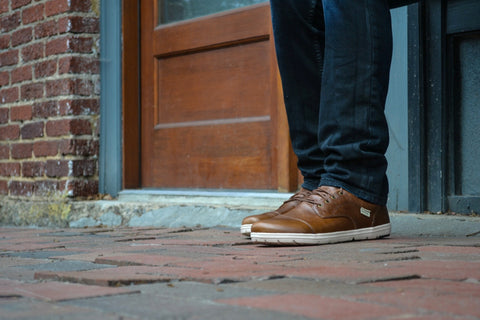 Selecting foot-healthy shoes—shoes that truly support long-term foot health—is one of the most important considerations in caring for your feet, as most foot and toe problems are caused by conventional footwear. Indeed, shoes that are generally regarded as appropriate (and even healthy) by many foot care professionals and society at large actually cause a variety of foot and toe deformities and lead to numerous musculoskeletal health problems, from bunions to...
Read more
Selecting foot-healthy shoes—shoes that truly support long-term foot health—is one of the most important considerations in caring for your feet, as most foot and toe problems are caused by conventional footwear. Indeed, shoes that are generally regarded as appropriate (and even healthy) by many foot care professionals and society at large actually cause a variety of foot and toe deformities and lead to numerous musculoskeletal health problems, from bunions to...
Read more







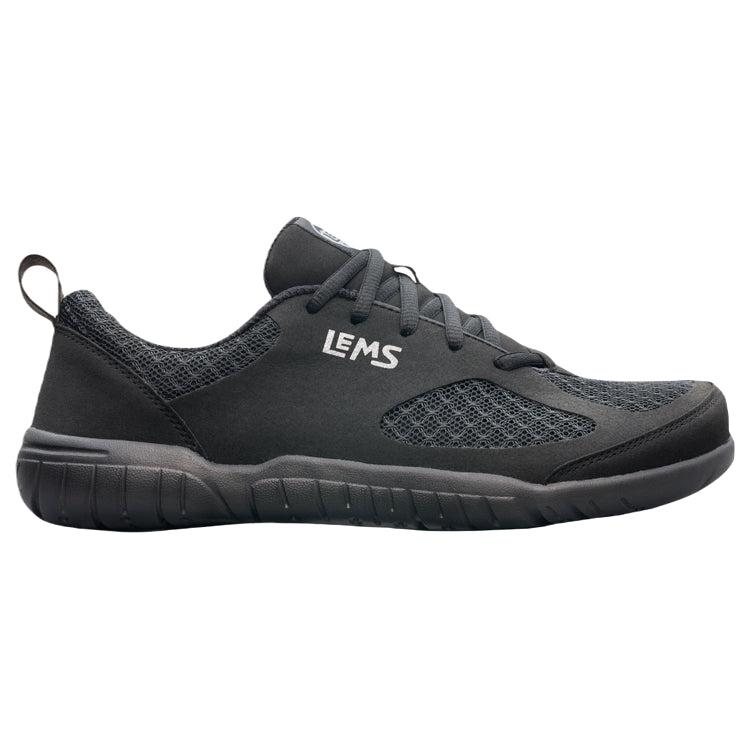
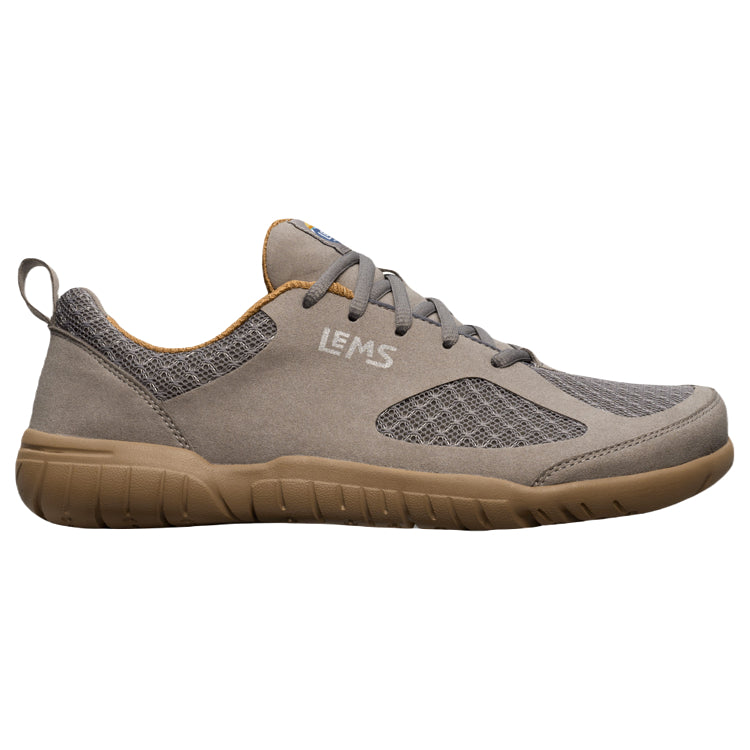
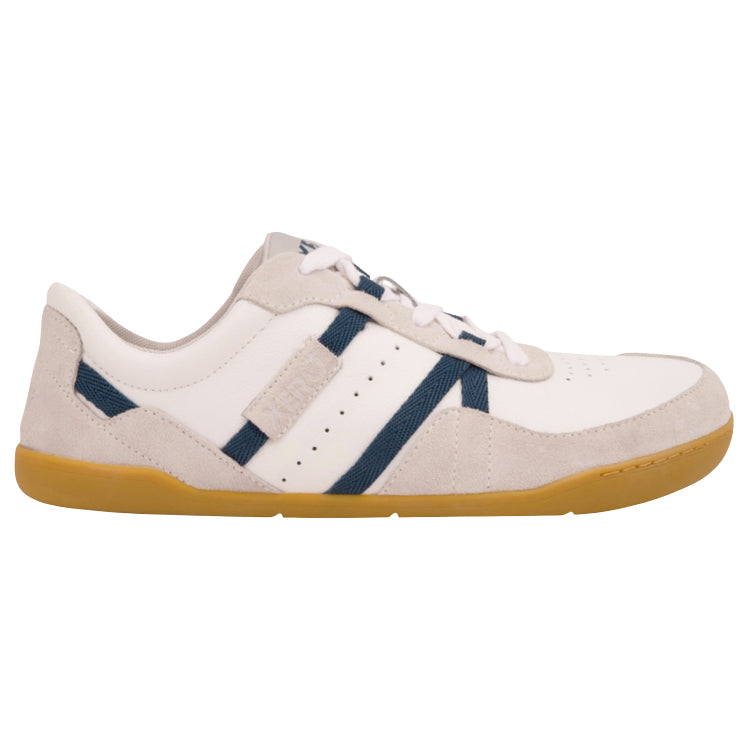
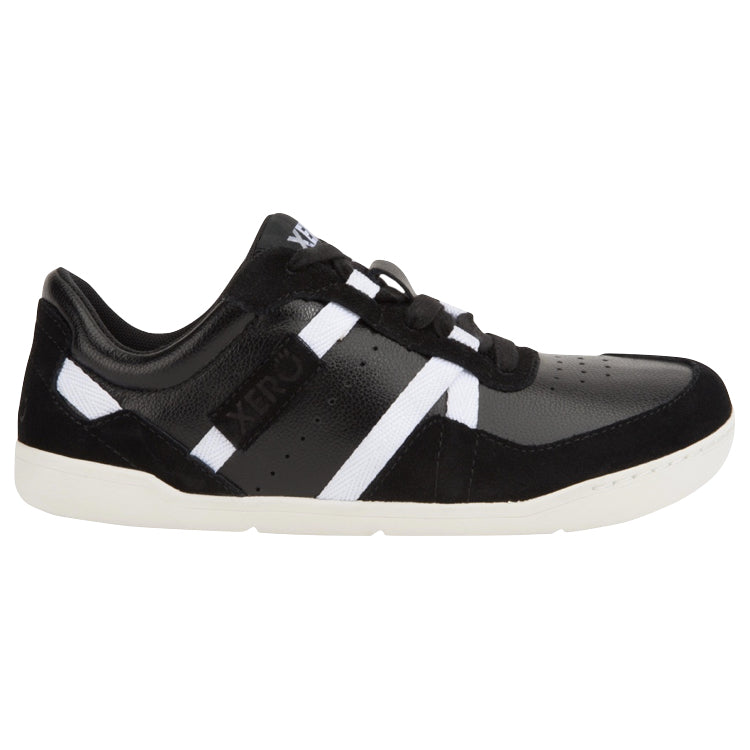
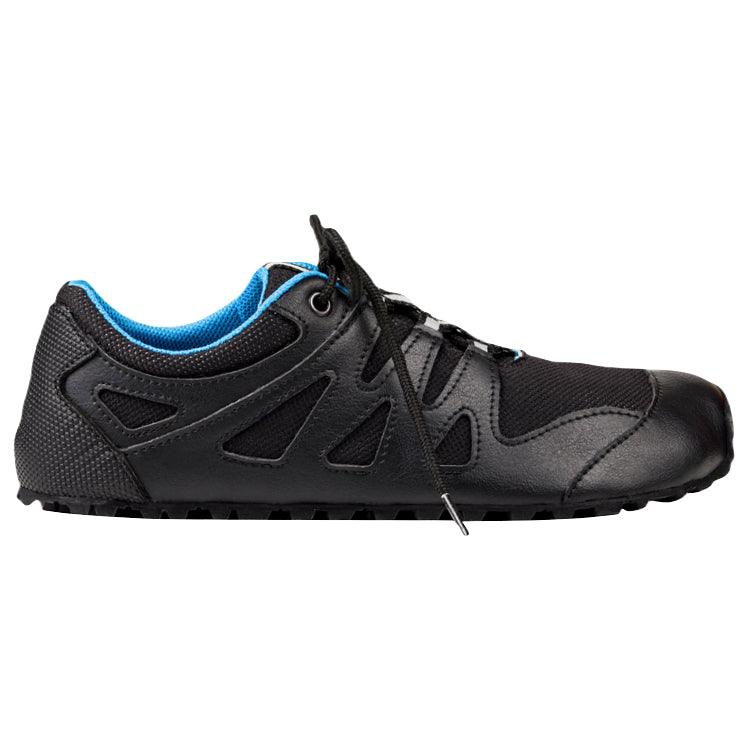
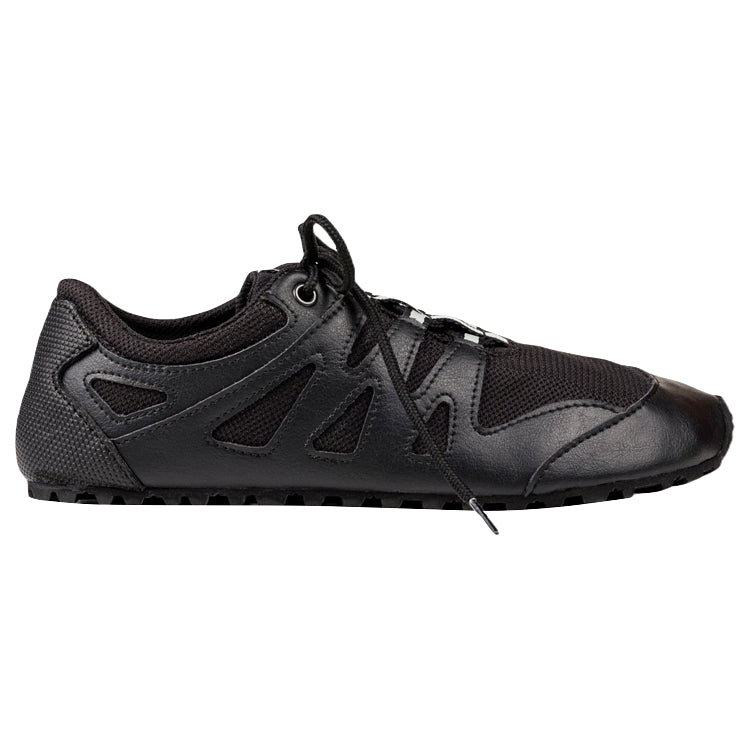
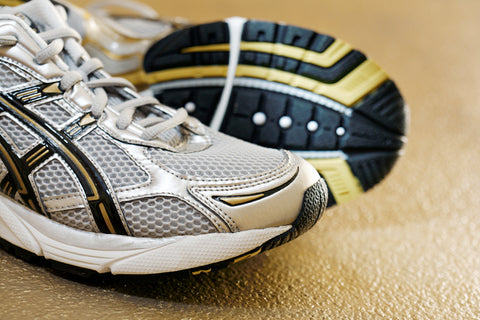
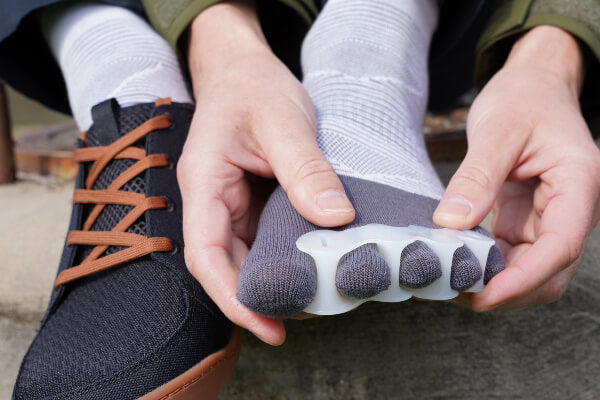
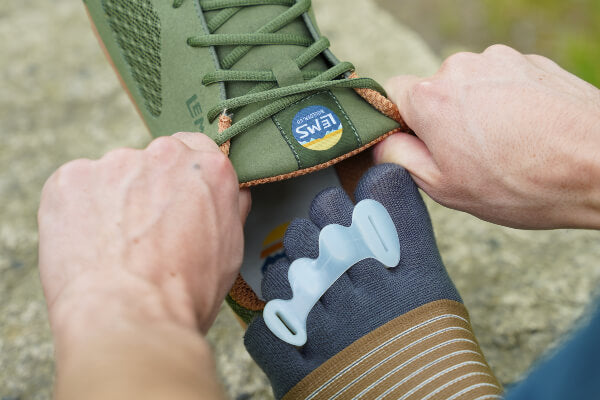
I have found your article interesting but contradictory to my experience. I have bunions. Walking in flat flexible shoes results in foot pain in the big toe joint. As the ball of the foot under the big toe flattens, the toe rolls sideways, and then flexes uncomfortably as I continue through the step resulting in sharp pains in the joint. I am pain free with stiffer shoes that have high arch supports. I’d love to hear of a cure or remedy to my foot problem other than special shoes if you know any. Thanks for your time.
Greetings, Doug,
Thank you for your message. And thank you for sharing a bit about your own foot health considerations. In our experience, we’ve found that the products and info we offer on our site are helpful for most people, most of the time. Of course, everyone is unique in terms of their foot health history and needs, and we’re not able to offer you any additional thoughts or advice without the benefit of a full health history interview and physical examination. Our general thought, though, is that if you’ve found an approach that’s working for you, it’s probably best to stick with it.
Kind regards,
Marty Hughes, DC
I have bunions and need wide toe box shoes. I have had no trouble finding casual shoes that are appropriate, but I need a dress shoe because I am dressed up a lot and walk a lot. I don’t see anything like that on your website and haven’t been able to find anything in the stores. Any ideas?
Hi, Jane,
Thank you for your comment. Yes! I have the perfect thing for you. It’s the Ahinsa Ananda Ballerina:
www.naturalfootgear.com/products/ahinsa-ananda-ballerina-black
Please give it a look and let me know if you have any questions. I’m happy to help out however I can!
Kind regards,
Marty Hughes, DC
I would love to actually be able to have a pair of shoes that match the description. Unfortunately, I have wide feet. I have tried shoes that are advertised as wide toe box or as “running wide,” but as my midfoot is wide, anything other than a shoe actually marked as wide (EE, EEE, etc.) just causes pain. With Altra and Xero shoes, for instance, I could take the laces out entirely and they would still cause pain after some time. Could you please suggest some shoes that are actually wide? Thank you.
Greetings, Ben,
Thank you for your comment. I can certainly appreciate how frustrating it must be to try to find footwear that conforms to your wide foot. I wonder, have you tried Vibram FiveFingers? The upper of these toe shoes is rather expansile, and I have seen them work well for other wide-footed folks in the past. Just a thought! Otherwise, you might consider wearing foot-healthy sandals as much as possible during the warm weather months. In terms of closed-toe options, Altra (at least at the time of writing this comment) now offers some knit upper options that are rather forgiving to those with relatively wide feet. If anything else comes to mind, I will certainly let you know!
All the best,
Robyn Hughes, ND
Your critique of bad shoe features is good. But your article lacks sufficient detail. It would be helpful to have sketches that show what heel lift (drop), toe spring, and width requirements look like in terms of a specification for shoes. It is also important to define the conditions under which foot splay is maximal (late midstance). Another common bad feature you don’t even mention is the concavity of the sole under the met heads. This feature reduces the tension of the plantar ligaments making the forefoot more malleable. Finally, what proponents of minimalist footwear and makers of minimalist shoes need in order to gain traction in the market are agreed-upon criteria on which to design, fabricate and assess minimalist shoes. Until such time as this happens, opinion will rule the day and the door will be left wide open for a minimalist shoe to be anything and everything.
Hi, David,
Thank you for your comment. This article is intended to provide a high-level overview of what constitutes a foot-healthy shoe. For an article that goes into greater depth about the beneficial features to look for in footwear, I recommend that you check out this one:
www.naturalfootgear.com/blogs/educational-articles/how-to-shop-for-shoes
For an article that focuses more closely on conventional footwear flaws, you might want to check out this one:
www.naturalfootgear.com/blogs/educational-articles/problematic-shoe-design-features
To your point about minimalist footwear and minimalist shoemakers gaining traction in the market, I would say that there is already plenty of traction there! Your point about different manufacturers favoring or emphasizing certain aspects of minimalist shoes is duly noted, though I do believe that most companies producing minimalist footwear would generally agree that a minimalist shoe ought to be lightweight, have a low stack height and relatively little cushioning, and be sufficiently flexible in the sole (while not including any “motion control” elements). The companies that also realize the importance of incorporating an anatomical toe box are the ones that produce pure magic—and these are the companies that we are happy to promote and support.
If you have any follow-up thoughts or comments, please do send them our way!
All the best,
Robyn Hughes, ND
What kind of shoes would you suggest to somebody who walks up to a marathon distance, on very rocky, hilly terrain on a daily basis for up to 4 months? I cannot see how a very thin and flexible sole would protect my feet from bruising. I do believe and know from experience that a wide toe box and a zero drop shoe will promote a healthy gait and optimal foot mechanics, but my feet refuse my switching to a minimalist sole and complain loudly by day’s end. What would your recommendation be?
Hi, Louis. Thank you for your question. What you’re describing sounds like a remarkable experience! Are you hiking the Appalachian Trail or tackling some other such long walk? A lot of long-distance walkers find that, with sufficient time and training, they are able to tolerate the thin, flexible soles of minimalist footwear for long durations, though it’s certainly not something to jump into full-speed. Indeed, it’s important to first build a sufficient base (aka foot resiliency) by slowly ramping up your minimalist shoe wear-time to allow key foot adaptations to occur (many folks find that using foot gym tools is also helpful for this purpose). This helps reduce strain on foot tissues and structures, and it helps you avoid overuse injuries.
If need be, you might consider adding two helpful and unobtrusive foot pads within your healthy-foot-shaped shoes: Tuli’s heel cups and Pedag metatarsal pads. These pads serve different functions, but they both help to enhance foot comfort, which is so crucial on long walks like the one you’re describing. In terms of specific shoes for the kind of endeavor you’ve described, we personally would have no qualms using any of the athletic shoe models we feature in the men’s and women’s shoe collections on our site, though it sounds like you might appreciate a little more material between the sole of your foot and the ground. In that case, more transitional-like models such as the Lems Primal Pursuit or the Lems Boulder Boot Grip might be the ticket for you.
We hope this info helps, Louis! Please let us know if you have any follow-up questions, and please keep us updated on your grand adventures!
Yours in Foot Health,
Drs. Marty & Robyn Hughes
I have metatarsalgia and usually wear sneakers with sufficient cushioning for comfort. How would natural footgear be beneficial for my condition? Thanks!
Hi, Oliver. Thank you for your excellent question! We’re sorry to hear that you’re experiencing metatarsalgia. We’ll do what we can here to share thoughts and resources that might be helpful. Of course, it’s always important to get evaluated by a foot care professional who can perform the necessary tests and make recommendations that are perfectly tailored to you and your particular situation. First things first, though, the term “metatarsalgia” is a general, or umbrella, term for any cause of pain or discomfort in the ball of the foot. Possible causes of metatarsalgia include neuromas, sesamoiditis, capsulitis, gout, and metatarsal fractures, to name a few among many. Determining the precise cause of the ball of foot pain is important in deciding how to address it.
In a lot of cases, restoring the foot’s natural alignment and position can be very helpful in reducing the pain and inflammation associated with metatarsalgia and addressing the underlying cause of the problem, which, for most people, is the long-term use of conventional footwear. Footwear that offers slightly more padding beneath the foot can be helpful in the acute phase of recovery, but ultimately, the foot will benefit most from an in-shoe environment that permits it to function naturally. Footwear that is flat, wide, and flexible provides the foot with just such an environment and creates a situation in which the foot’s various structures and tissues—including the hugely important forefoot fat pad—can contribute to the process of shock absorption and better distribute body weight throughout the foot, instead of the majority of body weight being routed through the ball of the foot (which is what happens when wearing conventional shoes).
In addition to men’s (www.naturalfootgear.com/collections/mens-shoes) and women’s (www.naturalfootgear.com/collections/womens-shoes) foot-healthy footwear, other natural footgear that has, in our experience, proven helpful for addressing or preventing ball of foot pain includes Correct Toes toe spacers (www.naturalfootgear.com/collections/correct-toes), Injinji toe socks (www.naturalfootgear.com/collections/toe-socks), and Pedag metatarsal pads (www.naturalfootgear.com/products/pedag-metatarsal-pads). These items work in concert to strengthen and balance the foot, and they promote optimal foot function. They help position the toes and other important foot structures in an advantageous alignment, offloading force from the affected area, protecting vulnerable tissues, and improving blood flow to and from the sole of the foot. This, in turn, gives inflamed tissues the chance to heal and the foot an opportunity to grow more robust and resilient. Here are some additional resources from our site that dive deeper into a few of the conditions associated with ball of foot pain:
Neuromas: Conventional vs. Natural Approaches
www.naturalfootgear.com/blogs/educational-articles/neuromas-conventional-vs-natural-approaches
Sesamoiditis: Conventional vs. Natural Approaches
www.naturalfootgear.com/blogs/educational-articles/sesamoiditis-conventional-vs-natural-approaches
Ball of Foot Pain: Conventional vs. Natural Approaches
www.naturalfootgear.com/blogs/educational-articles/ball-of-foot-pain-conventional-vs-natural-approaches
You can also learn more about these (and other common) foot problems by signing up for our free e-courses here: www.naturalfootgear.com/pages/newsletter-courses. We hope this info helps! If you have any additional questions, please let us know by dropping another comment here or by using our online contact form (www.naturalfootgear.com/pages/contact).
All the best,
Drs. Marty & Robyn Hughes
What types of activities is minimalist footwear best suited for?
Hi, Dan. Thank you so much for your excellent question! Here at Natural Footgear, we are, of course, big fans of minimalist footwear, as we feel it offers users the opportunity to build a stronger, more resilient foot and enhance foot function. We also believe that minimalist footwear has a broad range of potential uses but is, perhaps, best suited for activities that prioritize natural movement and foot health. Here are some activities, then, for which minimalist shoes tend to work quite well:
Walking: Whether on urban sidewalks or on trails in nature, minimalist footwear allows for a more natural stride, promoting a healthier gait and a greater connection with the ground.
Running: Many runners find that minimalist shoes help improve their form and reduce injuries by encouraging an impact-mitigating forefoot or midfoot strike, which can lead to a more efficient running style.
Hiking: Lightweight and flexible minimalist shoes can provide excellent ground feel and traction, making them ideal for navigating varied terrain while allowing for a more natural foot motion.
Fitness Training: Activities like yoga, gym workouts, or functional training benefit from the stability and proprioception offered by minimalist footwear, allowing for better balance and control during movements.
Casual Daily Activities: Wearing minimalist shoes for everyday tasks, including for outings around town, can enhance comfort and encourage better foot mechanics throughout the day.
Dancing and Movement Classes: Minimalist footwear allows for greater freedom of movement, making these shoes suitable for dance or any activity requiring agility and coordination.
Sports: Some sports—like pickleball, tennis, and other court-based activities—benefit from the close-to-ground feel and flexibility that minimalist shoes provide, and these shoes serve to strengthen a part of the body that often gets overlooked by competitive athletes.
Overall, minimalist footwear (especially wide toe box minimalist footwear) promotes natural biomechanics and helps strengthen the feet, making it an excellent choice for anyone looking to advance their foot health while engaging in a variety of activities. Of course, it’s vitally important to assess your state of readiness to wear minimalist shoes prior to using them for athletic purposes, as most people who’ve worn conventional footwear for many years or decades may need to take a more measured, stepwise approach in the early stages of use.
We hope this info helps, Dan! Please let us know if you have any follow-up questions.
Yours in Foot Health,
Drs. Marty & Robyn Hughes